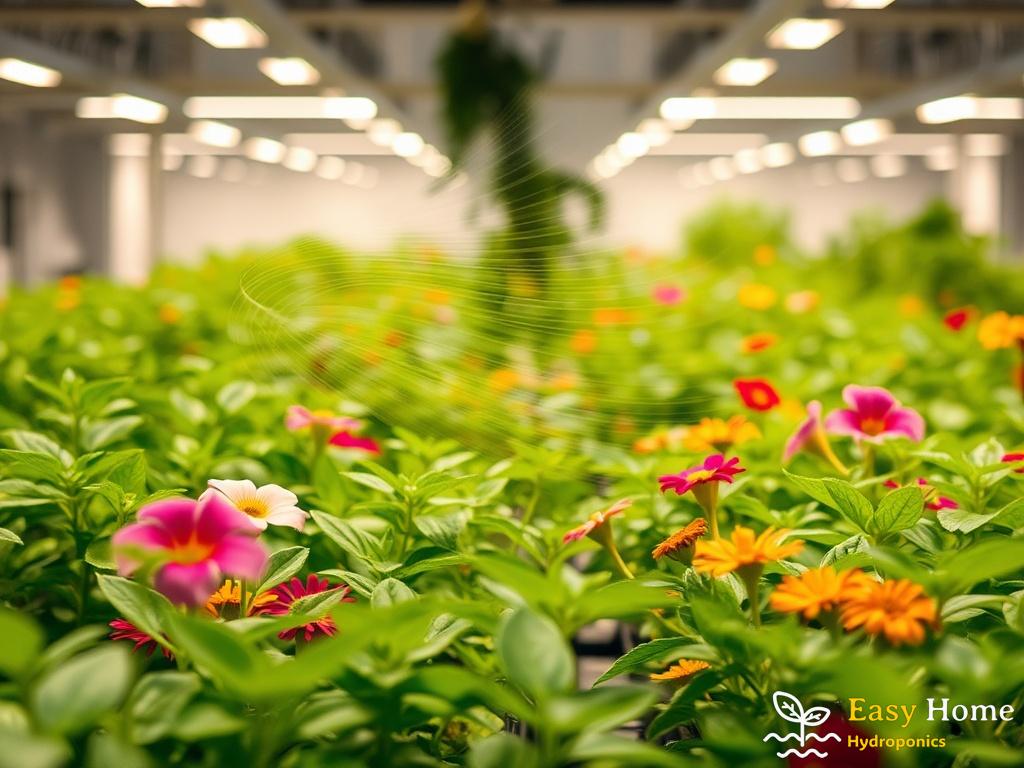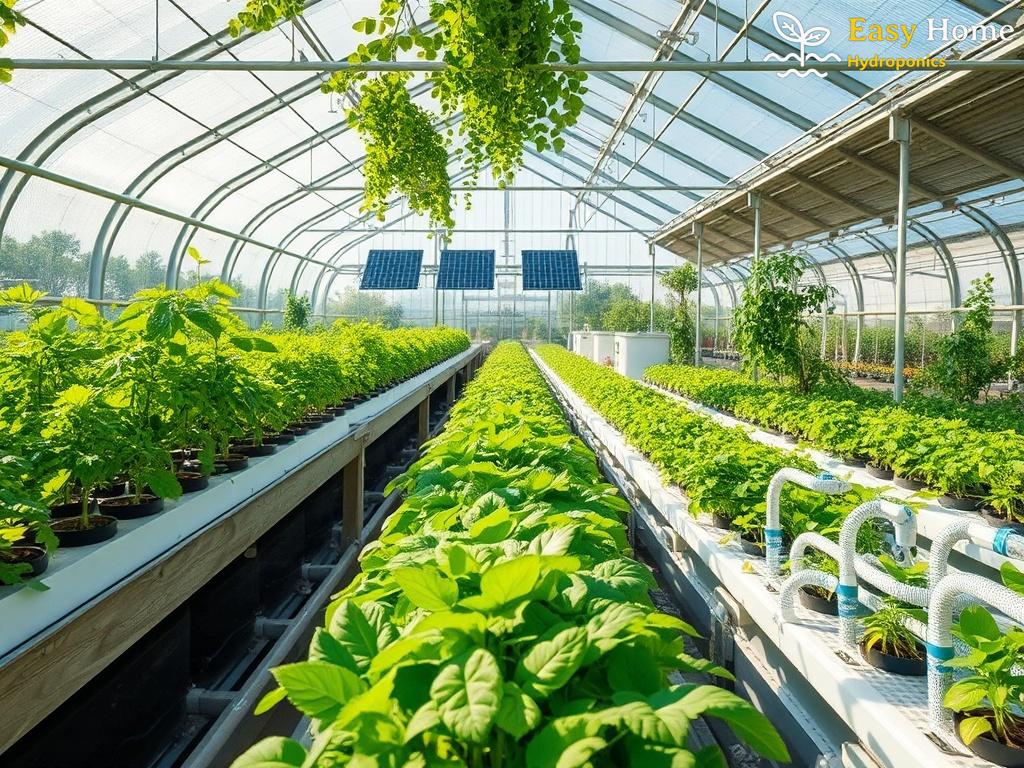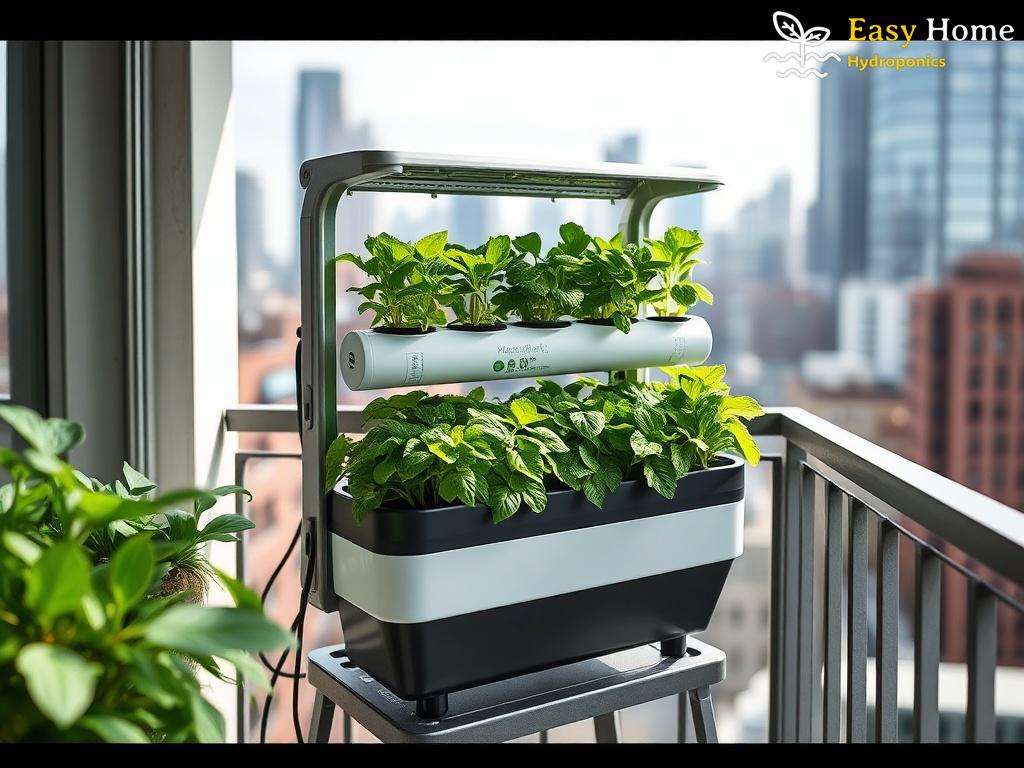Buzzing Benefits: Harnessing Bees for Indoor Hydroponics

When one thinks of bees, the mind often wanders to blooming gardens and vibrant outdoor landscapes. However, these industrious insects can play a crucial role in the world of indoor hydroponics too! Harnessing the power of bees for pollination can enhance the growth of your indoor plants, leading to better yields and healthier crops. But how do we integrate these buzzing buddies into our indoor setups? Let’s explore!
Bees are not just cute creatures flitting from flower to flower; they are nature’s finest pollinators. Their ability to transfer pollen efficiently can significantly benefit indoor hydroponic systems. Compared to other methods, such as hand pollination or using wind, bees offer a more natural and effective solution. Here are some key advantages of using bees in your indoor garden:
- Efficiency: Bees can pollinate multiple flowers quickly, reducing the time and effort required.
- Quality: Pollination by bees often results in better quality fruits and vegetables.
- Natural Behavior: Utilizing bees allows plants to undergo natural reproductive processes.
Creating a bee-friendly environment in your hydroponic setup might sound daunting, but it’s quite manageable with the right approach. Here are the essential steps to ensure your buzzing companions thrive indoors:
- Choose the Right Bees: Start with a gentle species, such as the Apis mellifera (honey bee) or Bombus terrestris (bumblebee), which are known to adapt well to indoor conditions.
- Provide Shelter: Designate a safe and secure space for the bees, ensuring they have enough room to move and pollinate. A small hive or bee box is ideal.
- Maintain a Flowering Schedule: Plant flowers that bloom at different times to ensure a continuous food source for your bees throughout the growing season.
- Monitor Conditions: Keep an eye on temperature and humidity levels, as bees thrive in warmer environments with moderate humidity.
To help you make an informed decision about your pollination methods, here’s a comparison of bees versus other common indoor pollination techniques:
| Method | Efficiency | Quality of Produce | Labor Intensity |
|---|---|---|---|
| Bees | High | Excellent | Low |
| Hand Pollination | Medium | Good | High |
| Wind Pollination | Low | Variable | Low |
Winging It: The Role of Butterflies in Plant Pollination

In the enchanting world of indoor hydroponics, where vibrant plants thrive under artificial lights and controlled environments, we often overlook the subtle yet impactful role of butterflies in the pollination process. These delicate creatures, with their vivid wings and graceful flight, are not just a beautiful sight; they can also be integral to the health and productivity of indoor gardens. Let’s dive into the fascinating ways butterflies can enhance your hydroponic experience.
The Dance of Butterflies: Nature’s Artists
Butterflies are more than just charming visitors to your indoor garden; they are skilled pollinators that contribute significantly to the reproductive success of many flowering plants. Unlike bees, which are often associated with a more industrious approach to pollination, butterflies engage in a more leisurely and artistic dance. As they flit from bloom to bloom in search of nectar, they inadvertently transfer pollen, facilitating the crucial process of fertilization. This natural method of pollination not only increases the yield of fruits and vegetables but also enhances the overall biodiversity of your indoor ecosystem.
Creating an Inviting Habitat for Butterflies
To invite these winged pollinators into your indoor hydroponic setup, it’s essential to create an environment that caters to their needs. Start by introducing a variety of nectar-rich flowers that bloom at different times, ensuring a steady food supply. Plants such as milkweed, lantana, and zinnias are excellent choices. Additionally, maintaining a warm and humid atmosphere will make your indoor garden more appealing to butterflies. Consider including shallow water sources for hydration and sheltering spots where they can rest and bask in the warmth. With a bit of effort, you can turn your hydroponic garden into a butterfly haven, transforming it into a dynamic and thriving ecosystem.
The Benefits of Butterfly Pollination
Integrating butterflies into your indoor hydroponic system can yield remarkable benefits. Their unique pollination style often leads to higher-quality produce, as plants that are effectively pollinated will produce fruits with better flavor and texture. Moreover, butterflies contribute to the genetic diversity of your plants, which is essential for resilience against pests and diseases. By fostering a butterfly-friendly environment, you are not just promoting the health of your indoor plants, but also participating in a larger ecological balance. This harmonious relationship between plants and butterflies exemplifies the beauty of nature, even within the confines of our homes.
Pollination Power: Utilizing Wind for Indoor Growth

While bees and butterflies often steal the spotlight in the world of pollination, wind pollination deserves its moment of fame, especially in indoor hydroponic systems. This method, often overlooked, harnesses the natural movement of air to facilitate the transfer of pollen between plants. Understanding how to utilize wind effectively can enhance the productivity of your indoor garden, making it a compelling option for those looking to maximize yields without relying solely on insects.
One of the most fascinating aspects of wind pollination is its simplicity and efficiency. Unlike bee and butterfly pollination, which can be unpredictable and dependent on attracting these creatures, wind pollination allows for a more controlled environment. By creating a gentle airflow within your hydroponic setup, you can mimic the natural breezes that aid in pollination outdoors. This can be particularly beneficial for plants such as corn, wheat, and various grasses, which thrive on wind for successful reproduction.
To effectively implement wind pollination in your indoor garden, it’s crucial to establish the right conditions. Start by incorporating fans strategically positioned to generate a gentle breeze throughout your space. This airflow should be soft enough to avoid damaging delicate plants while being strong enough to transport pollen from one flower to another. Regularly adjusting the fan’s speed can help fine-tune the conditions to best suit your crop’s needs, providing a dynamic environment that promotes healthy growth.
Additionally, consider the arrangement of your plants. By clustering similar species together, you can enhance the chances of pollen transfer as the wind circulates through the foliage. This method not only optimizes pollination but also creates a visually appealing garden layout, enhancing the aesthetic of your indoor space.
Embracing wind as a pollination method offers several significant advantages. First and foremost, it reduces reliance on external pollinators, making it a more self-sufficient approach to indoor gardening. Moreover, wind-pollinated plants often exhibit greater resilience and adaptability, as they are not dependent on specific insects that may be affected by environmental changes. This resilience can lead to hardier plants capable of withstanding various challenges, from pests to fluctuating humidity levels.
Furthermore, the cost-effectiveness of wind pollination cannot be overstated. Unlike maintaining colonies of bees or butterflies, which require care and resources, utilizing wind simply involves creating an optimal airflow. This means that even those on a tight budget can achieve impressive results in their hydroponic systems.
Human Touch: Manual Pollination Techniques for Hydroponics
As we delve deeper into the fascinating world of indoor hydroponics, we uncover the indispensable role of human intervention in the pollination process. While nature provides us with a variety of pollination methods, including the buzzing of bees and the fluttering of butterflies, there are times when we must take matters into our own hands. Manual pollination techniques not only ensure the survival of our indoor plants but also allow us to achieve optimal yields in a controlled environment. Let’s explore the various manual methods available and discover how they can elevate our hydroponic gardening experience.
Hand pollination may sound labor-intensive, but it can be a rewarding endeavor for indoor gardeners. This technique involves transferring pollen from the male parts of a flower to the female stigma using simple tools or even your fingers. This hands-on approach enables precise control over the pollination process, ensuring that every flower receives the necessary pollen for fertilization. For plants like tomatoes and peppers, which are commonly grown in hydroponic systems, hand pollination can significantly enhance fruit set and quality.
To begin, wait for the flowers to bloom fully, as this is when they are most receptive. Using a small brush or cotton swab, gently collect pollen from the anthers of the male flowers. Then, carefully apply the pollen to the stigma of the female flowers. It’s essential to be gentle during this process to avoid damaging the delicate structures of the flowers. Patience and precision are key—the more care taken during pollination, the more bountiful the harvest will be.
One of the most critical aspects of manual pollination is understanding the timing of flower development. Different plants have unique blooming cycles, and knowing when to intervene can make all the difference in your indoor garden’s productivity. By synchronizing your pollination efforts with the natural flowering schedule, you can maximize the chances of successful fertilization. Keep a close eye on your plants, and make notes on their growth patterns to better inform your manual pollination strategy.
Additionally, factors such as humidity and temperature play a significant role in the success of manual pollination. Creating the ideal environment not only supports plant health but also enhances pollen viability. For example, higher humidity levels can help pollen remain viable longer, increasing the likelihood of successful fertilization when hand-pollinating. A well-maintained indoor hydroponic system will provide the perfect backdrop for your manual efforts.
| Pollination Method | Ease of Use | Effectiveness | Time Investment |
|---|---|---|---|
| Manual Pollination | Moderate | High | Time-Consuming |
| Bee Pollination | Low | High | Minimal |
| Wind Pollination | Easy | Variable | Low |
In conclusion, while nature provides us with various pollination options, the human touch remains an invaluable asset in the world of indoor hydroponics. By mastering manual pollination techniques, you can maximize your crop yields, ensure the health of your plants, and engage in a rewarding gardening experience. The integration of these methods with other natural pollination techniques creates a harmonious balance, allowing your indoor garden to flourish in ways that are both productive and sustainable.
Nature’s Helpers: The Impact of Ladybugs and Other Insects
As indoor hydroponic enthusiasts strive to create thriving ecosystems, the role of various insects extends beyond mere pollination. Among these natural allies, ladybugs and other beneficial insects contribute significantly to the health and productivity of indoor gardens. While they may not be the first creatures that come to mind when discussing pollination, their presence can create a balanced environment that nurtures plant growth and ensures better yields.
The beauty of an indoor hydroponic garden lies in its vibrant biodiversity, and ladybugs are an essential part of this intricate web. Known for their charming appearance and voracious appetite for pests, these little beetles not only help in controlling aphid populations but also play a subtle role in pollination. As they move from plant to plant, they inadvertently transfer pollen, enriching the genetic diversity of plants. This natural process can lead to improved resilience against diseases and environmental stressors.
To invite ladybugs and other beneficial insects into your indoor hydroponic setup, it’s crucial to cultivate an insect-friendly environment. Start by incorporating a variety of flowering plants that produce pollen and nectar, providing a consistent food source for these helpers. Plants such as marigolds and calendula attract beneficial insects, creating a welcoming atmosphere for ladybugs. Moreover, maintaining a balance of humidity and temperature will support the overall health of your insect population, ensuring they thrive alongside your plants.
Interestingly, the presence of these insects can also reduce the need for synthetic pesticides, making your hydroponic garden more organic and sustainable. As ladybugs feast on unwanted pests, they contribute to a natural pest control system that promotes plant health.
Integrating ladybugs and other insects into your indoor hydroponic garden can yield numerous benefits. Their natural pest control abilities help maintain a healthier ecosystem, allowing plants to flourish without the stress of pest infestations. Additionally, the diverse pollination they provide can lead to higher-quality produce, ensuring that your fruits and vegetables not only survive but thrive.
To illustrate the impact of beneficial insects, consider the following comparison:
| Insect Type | Primary Benefit | Pollination Contribution |
|---|---|---|
| Ladybugs | Pest Control | Indirect |
| Bees | Efficient Pollination | Direct |
| Butterflies | Enhanced Biodiversity | Indirect |
In conclusion, embracing the role of ladybugs and other beneficial insects in your indoor hydroponic garden is not just about enhancing pollination; it’s about fostering a holistic environment that promotes overall plant health. By understanding and harnessing the contributions of these natural helpers, gardeners can achieve a flourishing ecosystem that mimics the balance found in nature.




